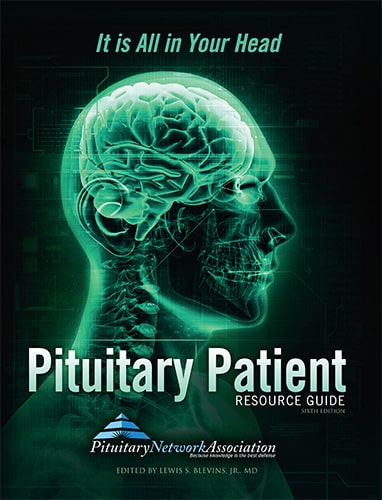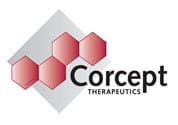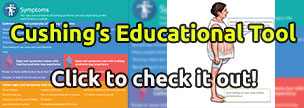Pituitary Glossary starting with C
CT or CAT Scan (Computerized Axial Tomography)
An x-ray device linked to a computer that produces an image of a predetermined cross-section of the brain. A special dye material may be injected into the patient’s vein prior to the scan to help make any abnormal tissue more evident.
Computed tomography, also known as a CT scan, is a noninvasive, painless process used to produce rapid, clear two-dimensional images of organs, bones, and tissues. Neurological CT scans are used to view the brain and spine. They can detect bone and vascular irregularities, certain brain tumors and cysts, herniated discs, epilepsy, encephalitis, spinal stenosis (narrowing of the spinal canal), a blood clot or intracranial bleeding in patients with stroke, brain damage from head injury, and other disorders. Many neurological disorders share certain characteristics and a CT scan can aid in proper diagnosis by differentiating the area of the brain affected by the disorder.
CT or CAT Scan (Computerized Axial Tomography)
An x-ray device linked to a computer that produces an image of a predetermined cross-section of the brain. A special dye material may be injected into the patient’s vein prior to the scan to help make any abnormal tissue more evident.
Computed tomography, also known as a CT scan, is a noninvasive, painless process used to produce rapid, clear two-dimensional images of organs, bones, and tissues. Neurological CT scans are used to view the brain and spine. They can detect bone and vascular irregularities, certain brain tumors and cysts, herniated discs, epilepsy, encephalitis, spinal stenosis (narrowing of the spinal canal), a blood clot or intracranial bleeding in patients with stroke, brain damage from head injury, and other disorders. Many neurological disorders share certain characteristics and a CT scan can aid in proper diagnosis by differentiating the area of the brain affected by the disorder.
Cysts
Abnormal sacs containing gas, fluid, or a semisolid material, with a membranous lining.
A closed sac having a distinct membrane and developing abnormally in a body cavity or structure. Arachnoid cysts are cerebrospinal fluid-filled sacs that are located between the brain or spinal cord and the arachnoid membrane, one of the three membranes that cover the brain and spinal cord. Primary arachnoid cysts are present at birth and are the result of developmental abnormalities in the brain and spinal cord that arise during the early weeks of gestation. Secondary arachnoid cysts are not as common as primary cysts and develop as a result of head injury, meningitis, or tumors, or as a complication of brain surgery.
Cytotoxic
Relating to or producing a toxic effect on cells. Capable of killing cells.
Cytotoxic chemotherapy is the anticancer drugs that kill cells, especially cancer cells. Cytotoxic T cell is a type of white blood cell that can directly destroy specific cells. T cells can be separated from other blood cells, grown in the laboratory, and then given to a patient to destroy tumor cells. Certain cytokines can also be given to a patient to help form cytotoxic T cells in the patient’s body.









